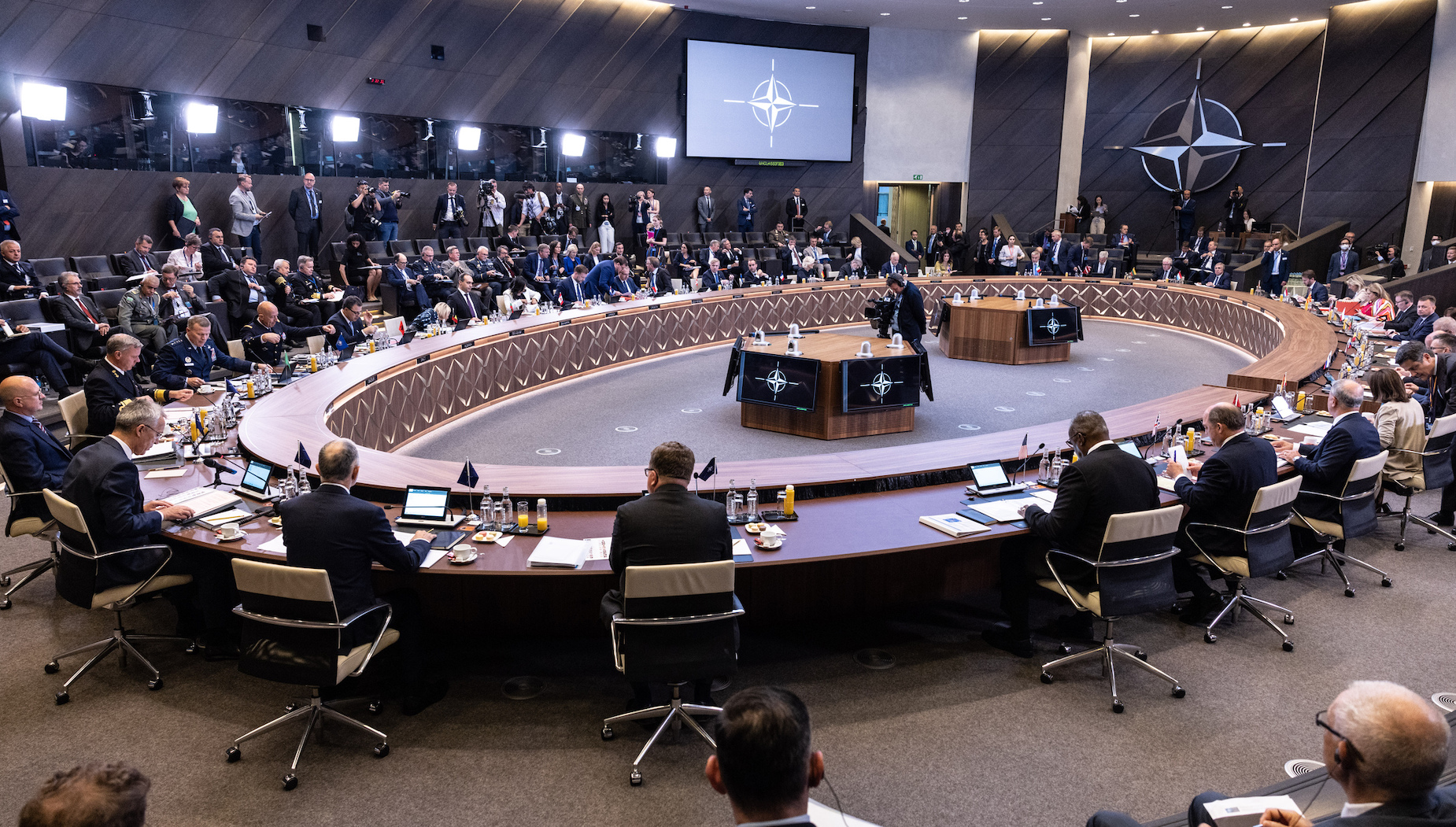On 18 May, both Finland and Sweden officially applied for NATO membership––a markedly historical decision. Russia’s invasion of Ukraine led the two countries, long devoted to their military non-alignment positions, to completely reassess their posture and future of security. But what does their potential membership mean for the Alliance and the future of NATO’s defence innovations?
Neither of the countries are strangers to NATO. Both have been involved in a wide range of cooperation initiatives with the Alliance, sharing common values and objectives. With substantial increases to defence spending, active militaries, and defence industries, each country brings something unique to the table.
Finland shares a border with Russia spanning more than 1,300 kilometres. For a non-nuclear country, this means that it needs to maintain up-to-date conventional forces to ensure a credible deterrence. In fact, Finland’s artillery is among the biggest in Europe, with second-largest land forces.
Finland has been replacing artillery equipment since 2014 as a part of the Operational Artillery programme. This will ensure a modernization of the forces, expanding their life cycle to the 2050s, adding to the 200 Leopard battle tanks and infantry vehicles. Sweden, on the other hand, takes pride in its top-ranked air force, backed up by Gripen 39 fighter jets and its expert navy. Their Submarine Flotilla unit would substantially strengthen the Alliance’s presence in the Baltic Sea and in Arctic.
An especially interesting asset is Finnish national defence course, which is dedicated to leaders from various spheres of society. They are taught about different sectors of the country’s national security, which helps them understand Finland’s needs and in turn, guide decisions. A similar exercise at the NATO level would certainly boost the performance of Allies and their cooperation with the private sector.
Defence industries
When it comes to innovative potential and Research & Development (R&D), the defence industries of the two countries serve as strong assets to their NATO candidacy. Specialized and highly operational, the industries supply national capabilities with effective technique and equipment. Since the industry consists mostly of small and medium-sized enterprises, Finland and Sweden can give NATO lessons on effective cooperation between smaller scale enterprises and the public spheres. The industries are not only profitable, but internationally competitive, exporting large portions of high-quality products with long life cycles. Their aim to be self-sufficient in defence and security is reflected in their substantial investments into research and development. Moreover, the equipment and the technologies are often crafted according to the specific operational needs of each country. For instance, the Swedish submarines are specifically adapted to the Baltic Sea, taking into account its different salt layers, or archipelagos.
As GLOBSEC’s recently published report on NATO´s performance and innovations suggests, NATO can escape the growing geo-economic burden by pursuing profitable investments into defence industries and innovative technologies. Both Arctic countries are known for prioritising innovative and sustainable solutions, which are essential for preserving the Arctic region and its climate. The performance and profitability of these industries also stem from the successful use of civilian technology in their respective military productions.
As the report recommends, establishing close links with the private sector and subsequently grounding defence innovations on this cooperation is a much-needed policy for the Alliance. With Finland and Sweden already operating within these guidelines, they are unquestionably valuable to the future of NATO innovation. By bringing modern militaries, effective defence industries, seasoned know-how, and production based on the military needs and military end-users, the two Nordic countries can push NATO defence innovation to the frontline.
In line with increased defence spending in multiple NATO member states, this enlargement could put greater emphasis on defining NATO’s innovation needs and help shape a more resilient innovation ecosystem.





